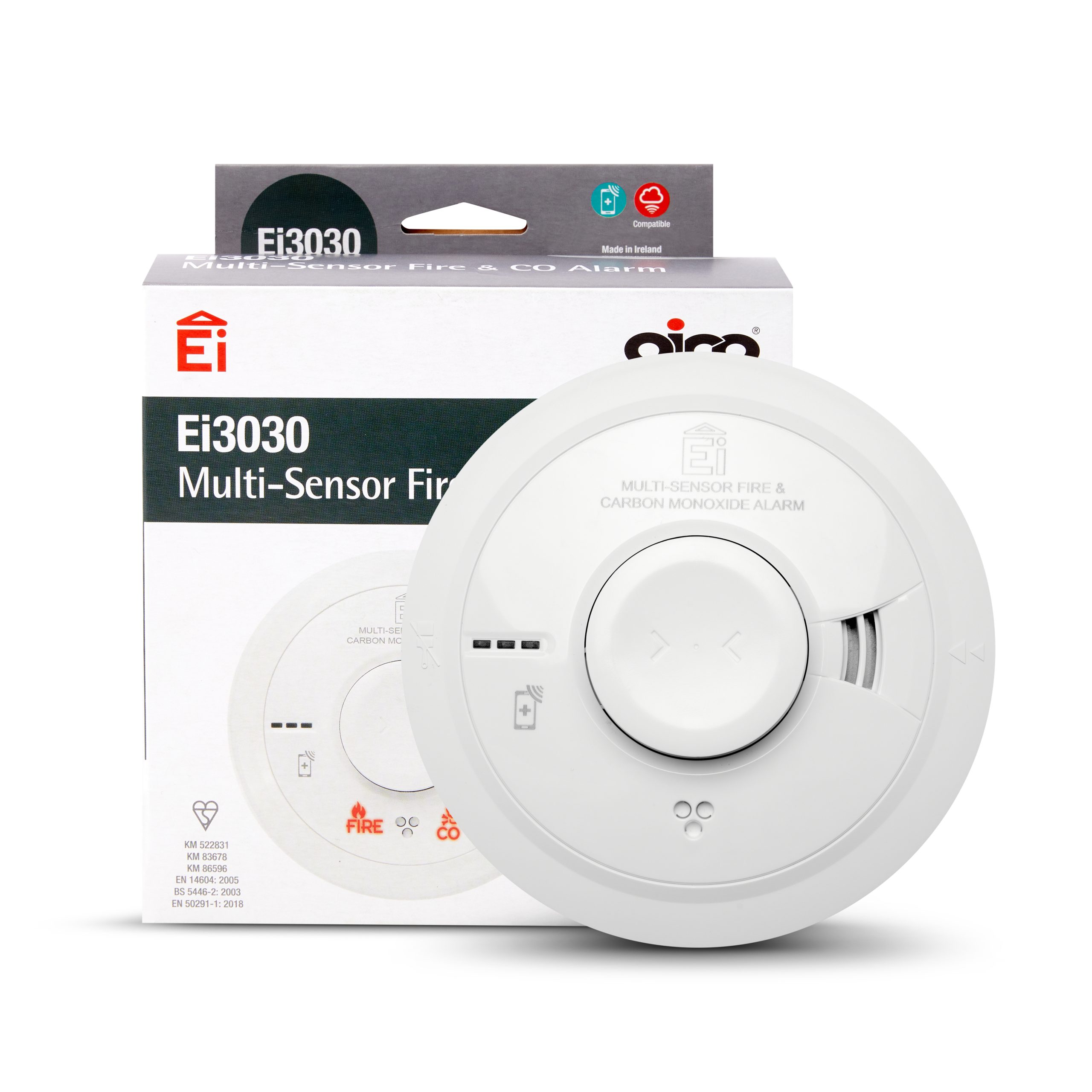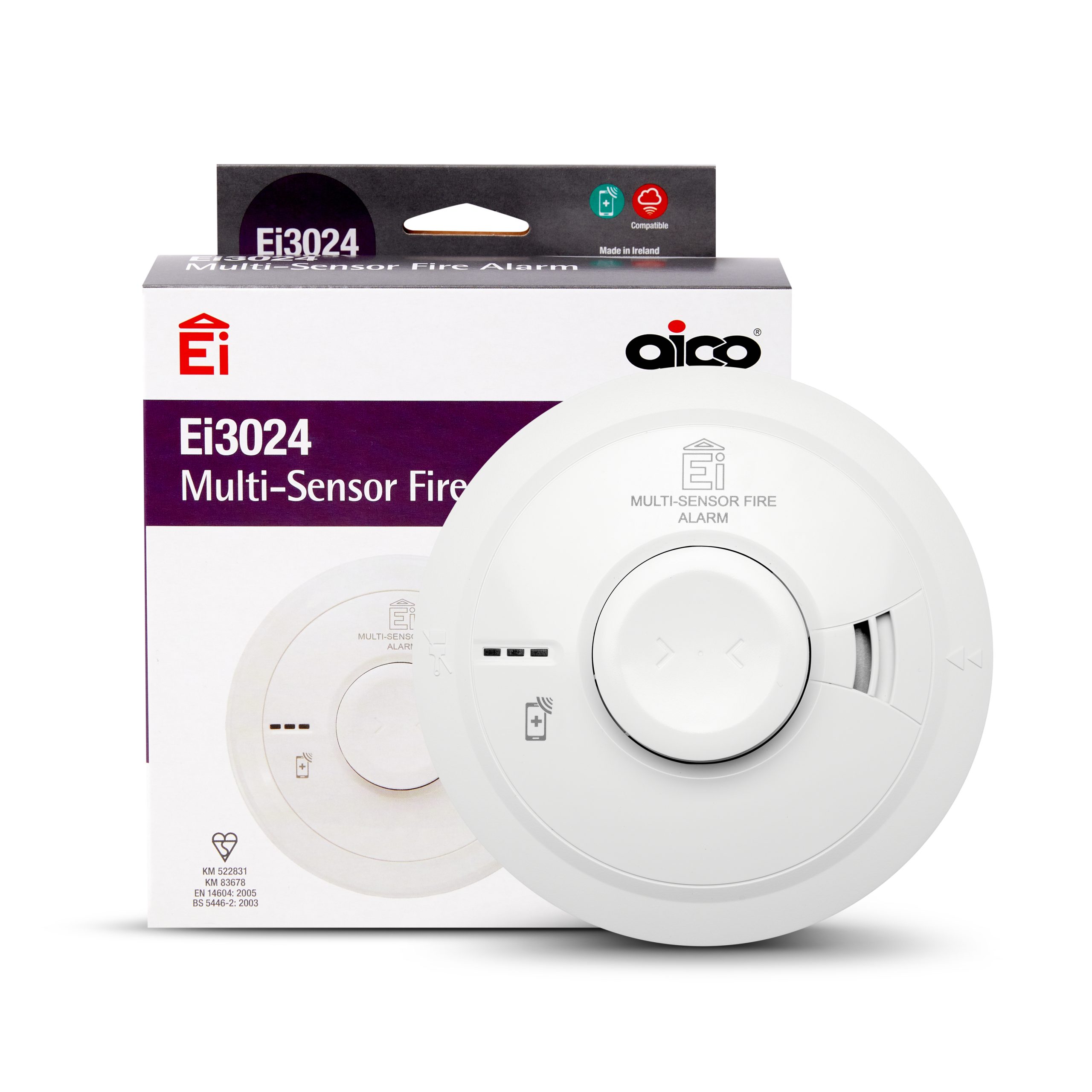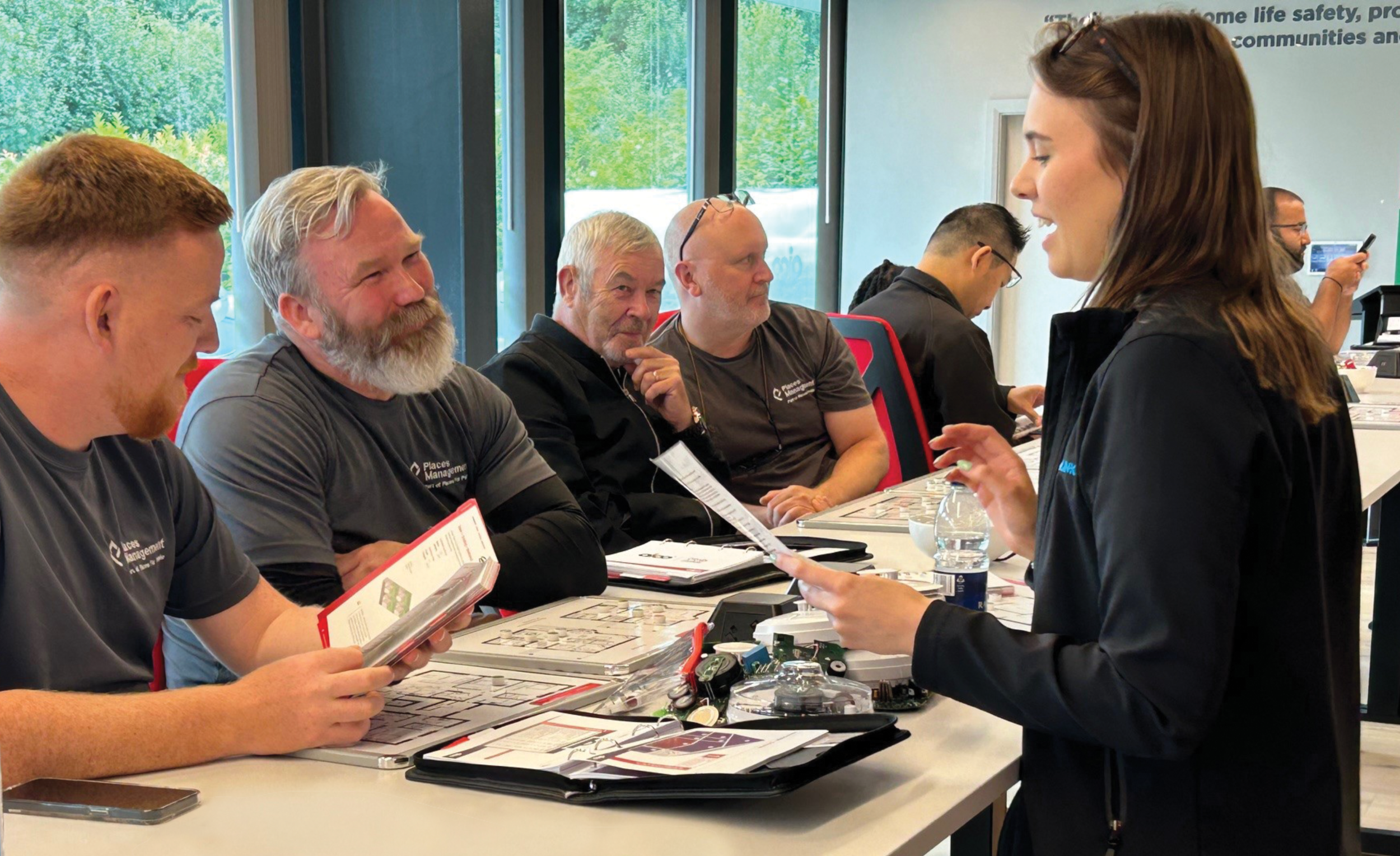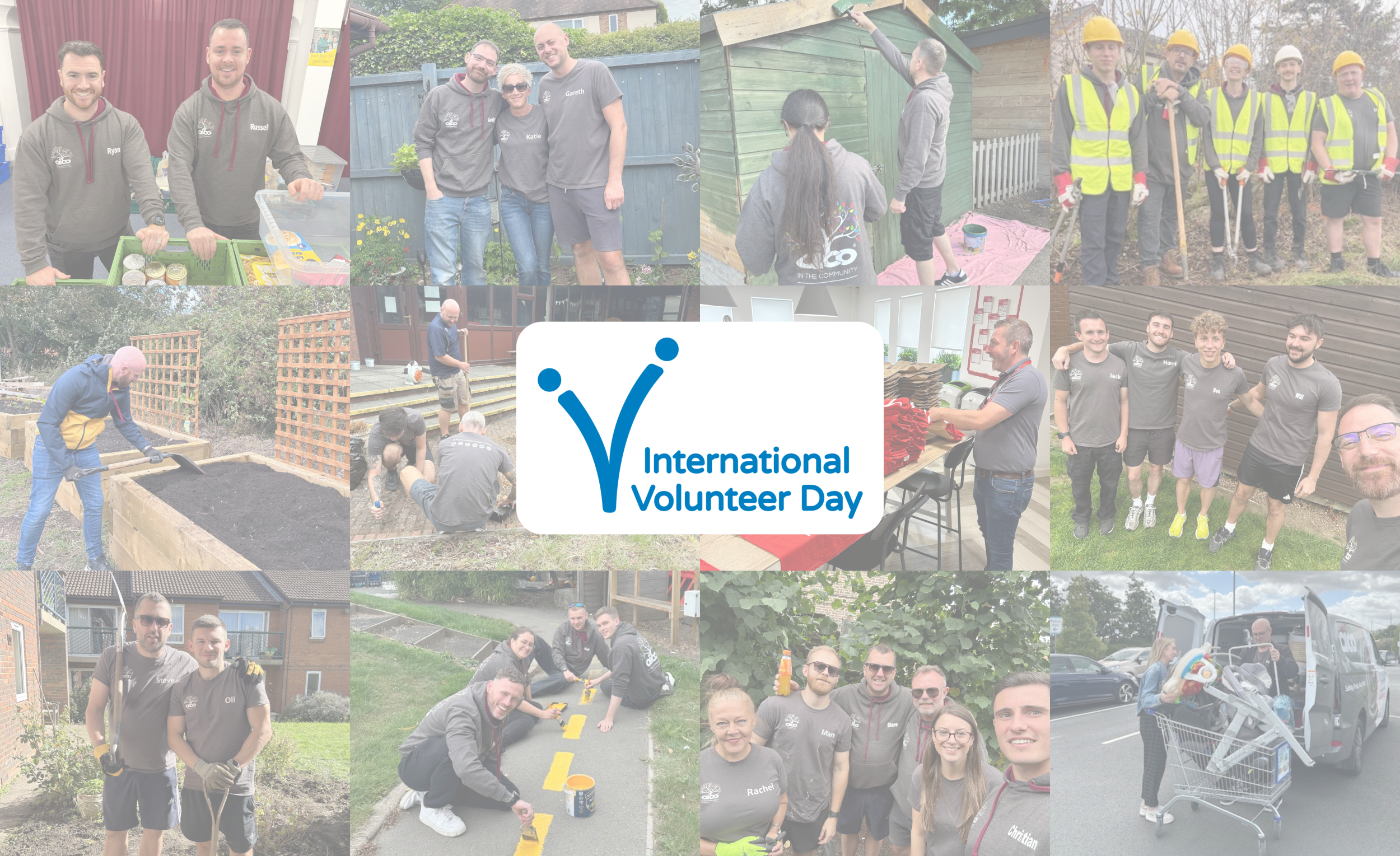The Importance of Environmental Monitoring in Retrofit Projects
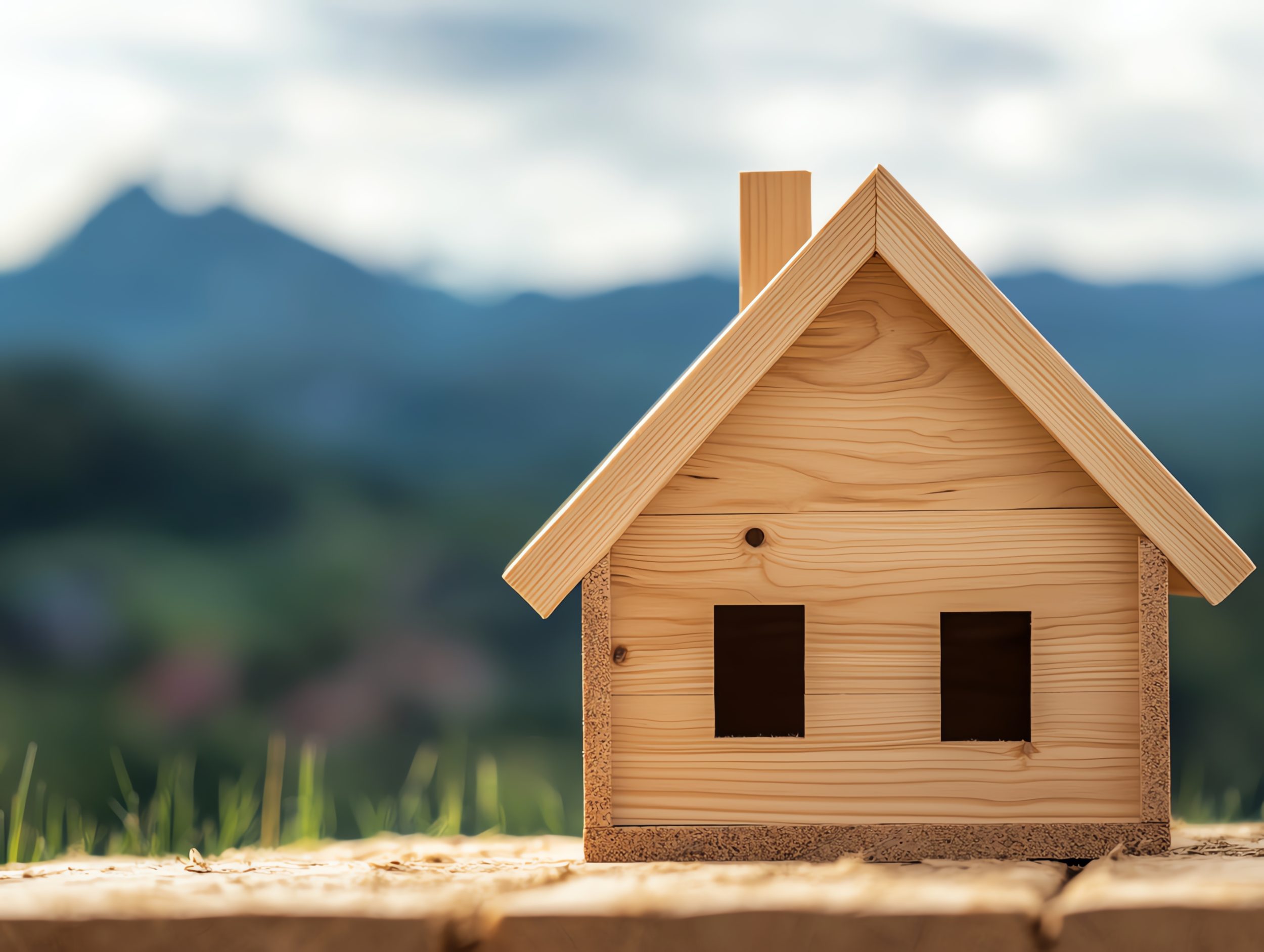
With the UK committed to reaching net zero by 2050, retrofitting existing residential housing has emerged as a key strategy for reducing carbon emissions, improving energy efficiency, and enhancing living standards.
Retrofit projects often include insulation upgrades, window replacements, new heating systems, or renewable technologies like solar PV and heat pumps. These changes aim to reduce energy use, but they can also affect indoor conditions such as temperature, humidity, and air quality.
However, one essential element often overlooked is environmental monitoring – the practice of measuring and evaluating indoor conditions before, during, and after retrofit works. Without it, it’s difficult to understand the impact of these changes on energy use, building integrity, and the health and comfort of occupants.
PAS 2035 is the British Standard for the quality assurance of domestic retrofit projects. It requires stakeholders to define and monitor intended outcomes, such as:
- Reduced energy bills
- Improved indoor air quality
- Management of damp and mould
Where these intended outcomes are not achieved, the standard recommends further monitoring in accordance with BS 40101. Unintended consequences as part of retrofit projects should also be considered.
BS 40101 provides guidance on the performance evaluation of occupied buildings. It specifies the monitoring of:
- Temperature and humidity in the living room and bedrooms
- CO2 levels in bedrooms and other regularly occupied areas (e.g living rooms and kitchens)
The standard recommends considering monitoring temperature and humidity in kitchens and bathrooms as key sources of moisture.
Monitoring should be carried out over a 12-month period to reflect seasonal changes.
Environmental Monitoring Throughout the Retrofit Journey
Before Retrofit Works
Collecting baseline environmental data helps assess current performance, identify problem areas, and prioritise interventions that offer the greatest benefit.
During Retrofit Works
Real-time feedback helps flag issues such as elevated humidity after insulation upgrades – a potential sign of poor ventilation or moisture ingress.
Post-Retrofit
Continuous monitoring provides assurance that retrofits are delivering the intended changes and helps futureproof homes in the face of increasing climate variability. Users can mitigate the issues before they become an increasing concern.
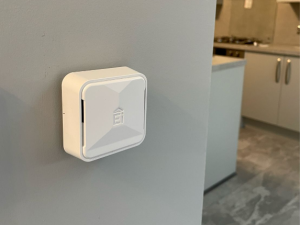
Aico’s HomeLINK Connected Home Solution
Aico offers two models of environmental sensors:
These sensors send data every 15 minutes via the Ei1000G Gateway to the HomeLINK Portal, where insights are generated to identify risks such as:
- Damp and mould
- Excess cold or heat
- Poor air quality
Aico’s environmental sensors are powered by 10-year batteries and can be wall or ceiling mounted for non-intrusive installation.
The Gateway can connect to smart meters via the Smart DCC network, enabling real-time remote monitoring of electricity and gas usage – an invaluable tool for landlords overseeing multiple net zero strategies or retrofit projects.
For the full Connected Home Solution, add Aico’s 3000 Series fire and carbon monoxide alarms. Viewing data from these alarms can also be accessed via the portal when the Ei3000MRF SmartLINK Module is installed.
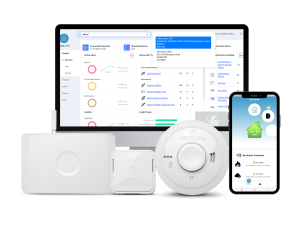
Summary
Retrofitting is about more than insulation and solar panels, it’s about creating homes that are healthy, comfortable, and sustainable. Environmental monitoring provides the data which makes this possible. It ensures that retrofit interventions are efficient, effective and help to meet net zero goals.
To find out how Aico can support you on your retrofit journey, contact your local Relationship Manager here.

